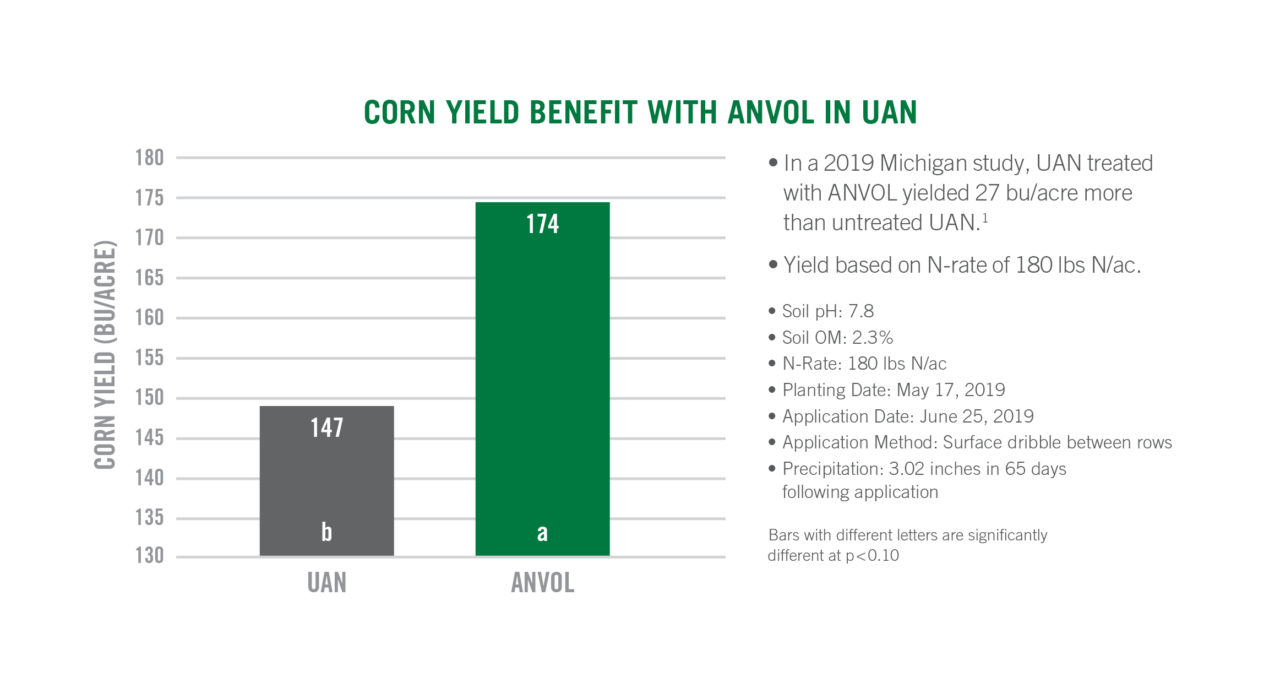Mycorrhizal Inoculants Answer Quest for Carbon Permanence
As the effects of climate change are being felt across the globe, the urgency to respond is also spreading beyond activism and science to the realm of everyday consumer choices. Food Ingredients First reports, “food is one area where companies and consumers can make significant environmental sustainability gains.” Opportunity is ripe for the picking, not just in terms of consumer food choices, but in how our food is grown – starting from the soil itself.
Today, the Earth’s soil is venting carbon into the air while failing to absorb the increasing amounts of fertilizer applied to it. Land use for food and agriculture account for an estimated 24% of greenhouse gas emissions. At the same time as carbon is escaping, plants and mycorrhizae are drawing it back down. Modern agricultural practices then break up the soil and the carbon again oxidizes and escapes into the air as CO2. Season after season, the pattern repeats with carbon entering and leaving the soil in a cycle of sequestration and release.
To reshape a sustainable food system, we must first rebalance our soil’s microbial biome with solutions that sequester carbon permanently.
Schrodinger’s Carbon: If You Can’t Measure It, Does It Exist?
Soil carbon sequestration’s potential is enormous. Soil organic carbon (SOC) can potentially sequester up to 60% of the world’s fossil fuel emissions. But the seesaw between sequestration and release begs the question: how much sequestered carbon is later released back into the atmosphere? If we can’t measure whether some SOC is being sequestered and stored permanently, is it being stored at all?
The answer lies in the web of living symbioses in healthy soil, with mycorrhizae as the linchpin of the carbon sequestration process. While plants photosynthesize carbon, mycorrhizae permanently sequester it. Mycorrhizal fungal networks comprise up to half of all living soil and “are a major carbon sink” sequestering at least 5B tons of carbon dioxide annually.
To understand this process, let’s take a deeper look at how carbon dioxide in the air transforms into carbon sequestered in soil.
Mycorrhizae and Carbon Farming
Atmospheric carbon dioxide, photosynthesized by plants and delivered into the soil through roots and mycorrhizae, is stored as carbon within the microbial ecosystem. Most carbon ends up in either mycorrhizal hyphae, glomalin, or other microbial biomass.
Hyphae — the body of mycorrhizal fungi — can be physically broken by intensive agricultural practices, such as tillage, which also oxidize soil and release the carbon within.
Glomalin — the dark earthy substance in healthy soil — is a persistent, stable and resilient carbon reservoir containing up to 40% of the carbon sequestered by mycorrhizae. It is the missing link to measurable and permanent carbon sequestration. Its namesake, the glomeromycota phylum, comprises the active ingredient in such products as Groundwork BioAg’s Rootella inoculants. In fact, an estimated 40% of the biomass of these mycorrhizal fungi is attributed to glomalin.
Glomalin stores remain stable for decades even after years of conventional tillage. Estimates attribute 5% to 27% of total planetary SOC to glomalin — a clear path for growers to access carbon markets. Yet growers have struggled to obtain carbon credits because they have not been able to establish carbon permanence.
The nascent and evolving carbon markets require proof of permanent carbon sequestration. By sequestering carbon permanently in glomalin, mycorrhizae enable a thriving microbial community to repopulate the rhizosphere.
Measuring glomalin-based carbon stores catapults mycorrhizae into a global marketplace for climate change mitigation, offering a convenient way for farmers to improve and protect their soil for generations to come.
The Impact of Mycorrhizae
Mycorrhizal inoculants have only recently attained global widespread use. Production obstacles trapped them in a niche market space until companies like Groundwork BioAg established a process to mass produce them cost-effectively.
Already in 2021, Groundwork BioAg’s flagship product, Rootella, has sequestered approximately 200 kilotons of carbon — equivalent to the emissions of 44 thousand private cars. In 2030, we foresee enriching 100M acres of farmland with mycorrhizae, thereby sequestering 20 megatons — or 4.4 million cars worth — of carbon.
As reported in Innova Market Insights’ Top Ten Trends for 2022, the health of our planet is the number one concern of consumers, and they are making food choices based on the sustainability practices across the food supply chain, starting at the source.
With mycorrhizae at the epicenter of the commercial agriculture and carbon sequestration markets, conventional growers can regenerate their soil, sequester carbon, and contribute to protecting our planet. As “keystone organisms” that support resilient crops and healthy soil, mycorrhizae ensure that the food supply chain is better able to meet consumer demand this year and beyond.






